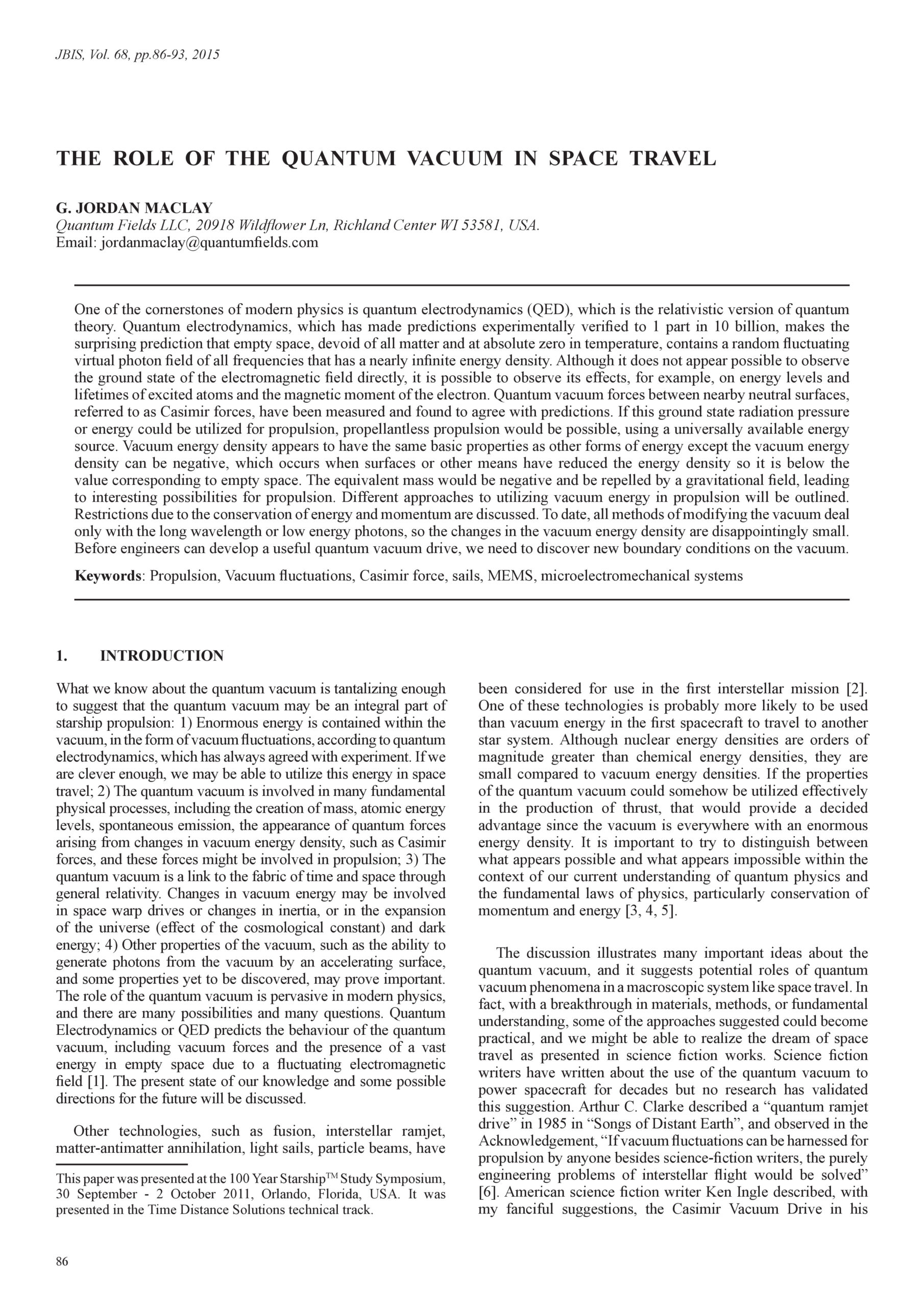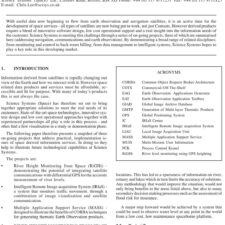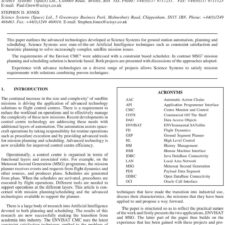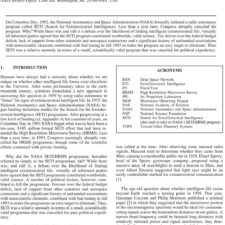The Role of the Quantum Vacuum in Space Travel
£5.00
G. J. Maclay (2015), JBIS, 68, pp.86-93
Refcode: 2015.68.86
Abstract:
One of the cornerstones of modern physics is quantum electrodynamics (QED), which is the relativistic version of quantum theory. Quantum electrodynamics, which has made predictions experimentally verified to 1 part in 10 billion, makes the surprising prediction that empty space, devoid of all matter and at absolute zero in temperature, contains a random fluctuating virtual photon field of all frequencies that has a nearly infinite energy density. Although it does not appear possible to observe the ground state of the electromagnetic field directly, it is possible to observe its effects, for example, on energy levels and lifetimes of excited atoms and the magnetic moment of the electron. Quantum vacuum forces between nearby neutral surfaces, referred to as Casimir forces, have been measured and found to agree with predictions. If this ground state radiation pressure or energy could be utilized for propulsion, propellantless propulsion would be possible, using a universally available energy source. Vacuum energy density appears to have the same basic properties as other forms of energy except the vacuum energy density can be negative, which occurs when surfaces or other means have reduced the energy density so it is below the value corresponding to empty space. The equivalent mass would be negative and be repelled by a gravitational field, leading to interesting possibilities for propulsion. Different approaches to utilizing vacuum energy in propulsion will be outlined. Restrictions due to the conservation of energy and momentum are discussed. To date, all methods of modifying the vacuum deal only with the long wavelength or low energy photons, so the changes in the vacuum energy density are disappointingly small. Before engineers can develop a useful quantum vacuum drive, we need to discover new boundary conditions on the vacuum.





